A link to an article putting forth the argument that if Canon gave people the features they wanted in a their cameras, they needn’t have gone down the mirrorless road.
Read the article over at petapixel.com
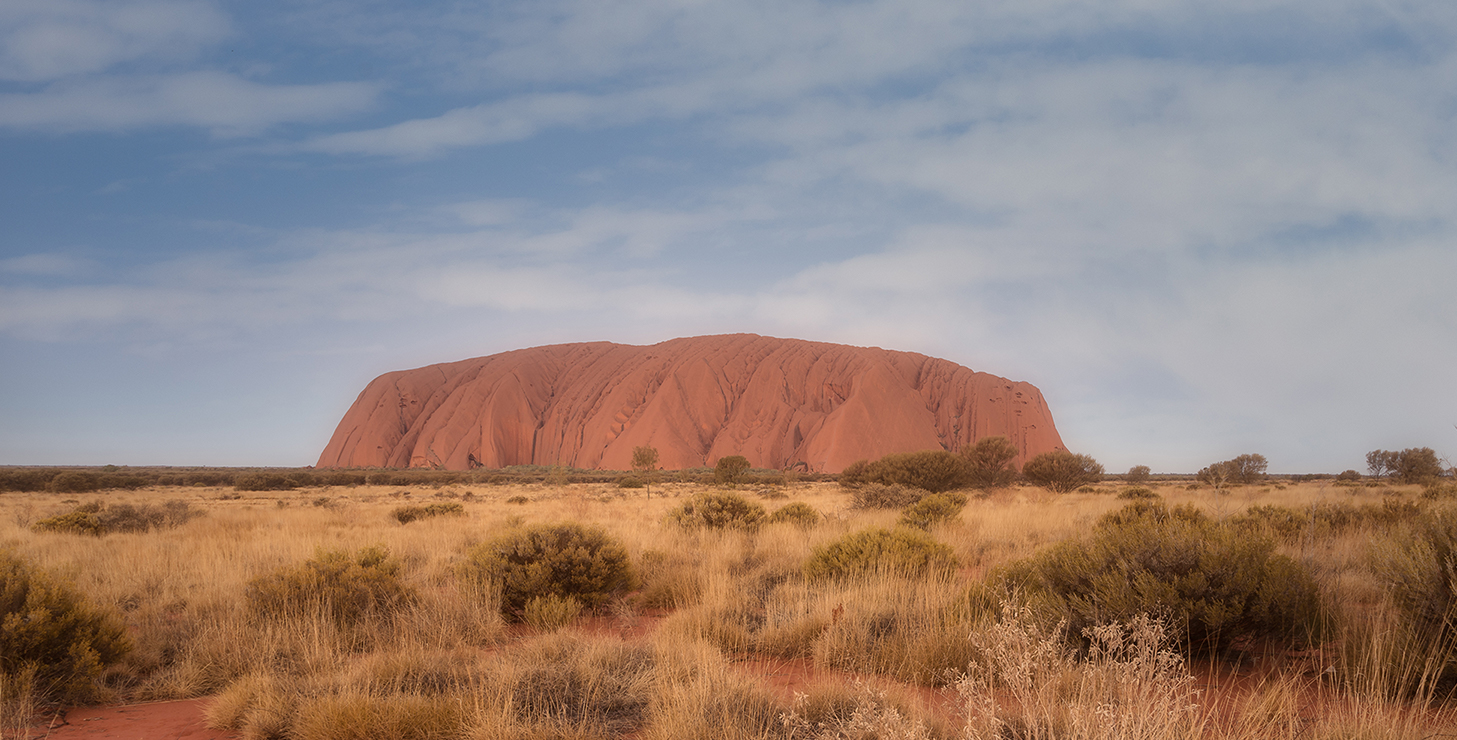
Almost Grey Nomads caravaning around Australia
A link to an article putting forth the argument that if Canon gave people the features they wanted in a their cameras, they needn’t have gone down the mirrorless road.
Read the article over at petapixel.com
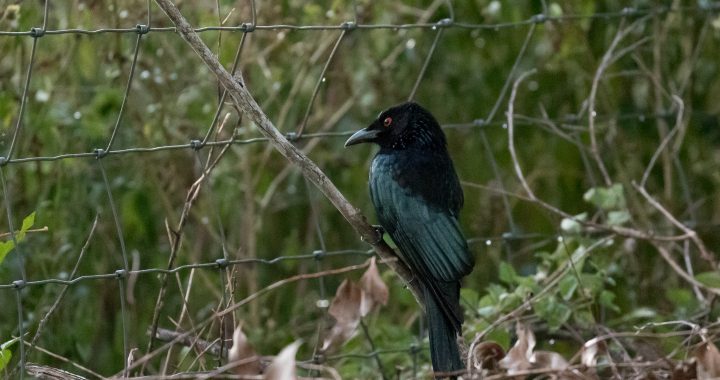
I was lucky to get this one. It was very early in the morning, hence the high iso. If I had more time I could have played around with shutter speed and the iso, but birds generally don’t sit around for long.
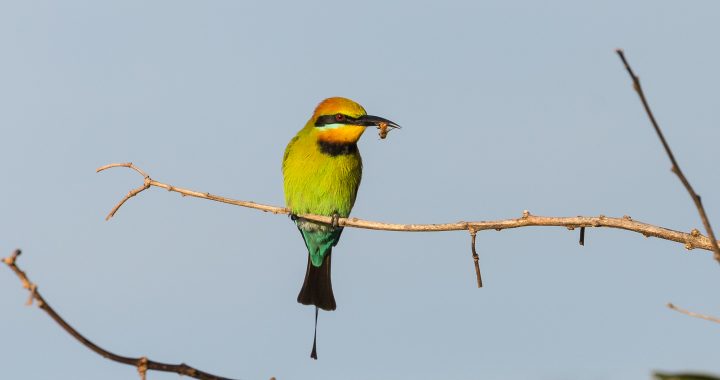
A good start for the day for this bird.
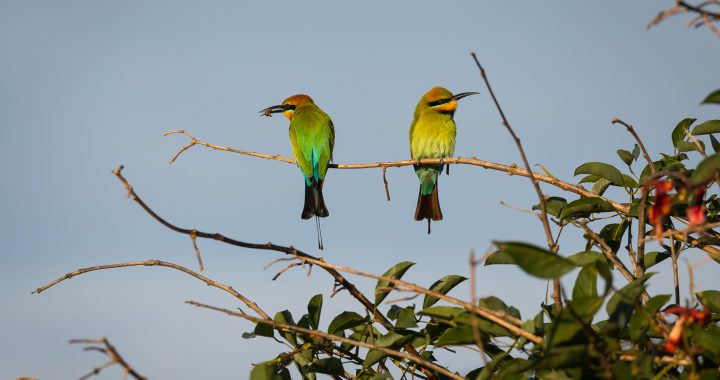
A bit of a birding walk for me on Sunday morning. It was turning into an uneventful day until I came across these birds. I have been after them for some time and luck would have it that they were sitting in a perfect place for the morning sun.

An organised photo shoot of the very talented Lucy Lux. Have a look at her Instagram page @lucyluxepinup.
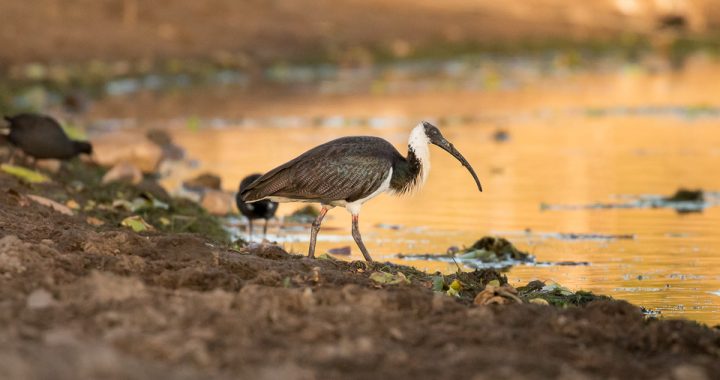
Came across this bird while on a weekend holiday. My first go with the Canon 100-400 L lens.
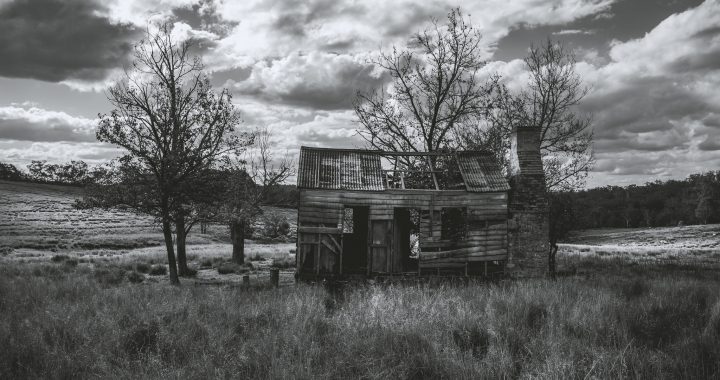
I’m going through a bit of a Black and White phase at the moment.

I was fortunate a few weeks ago to attend a photo shoot at the Boggo Road Gaol here in Brisbane. Everyone was an enthusiastic participant, with the models doing an exceptional job on costumes and makeup.
There was a strong interest in Black & White photography, and I thought considering the location it was a good fit.
It was a good night had by all, and I learnt a few more tricks with using flash at night.
An interesting article on what effects dust (or a fly) inside a lens has on image quality. Also, what is involved in disassembly and reassembling a lens to clean it out.
Read the article at Lensrentals
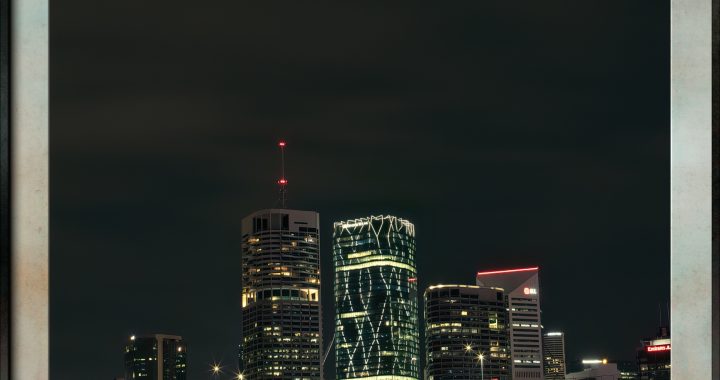
Trying out something new in Topaz Studio, it’s called digital frames.
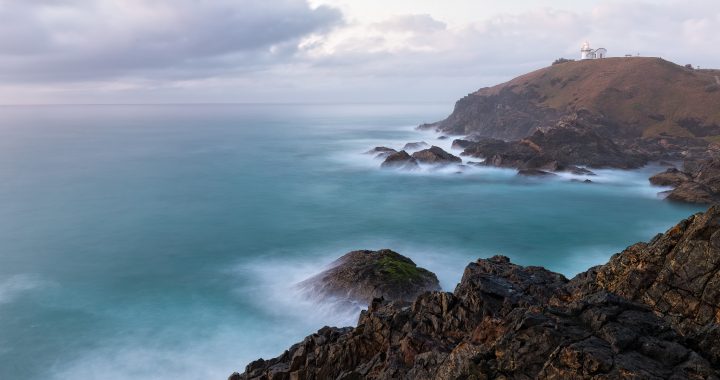
Taken late last year while on holiday.